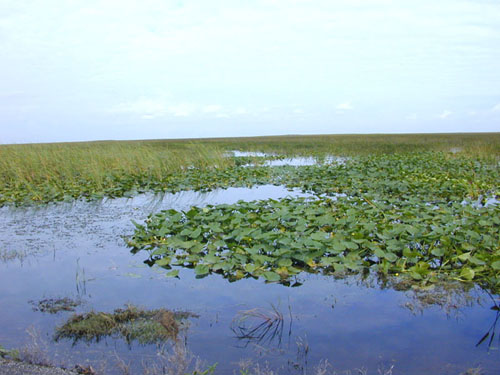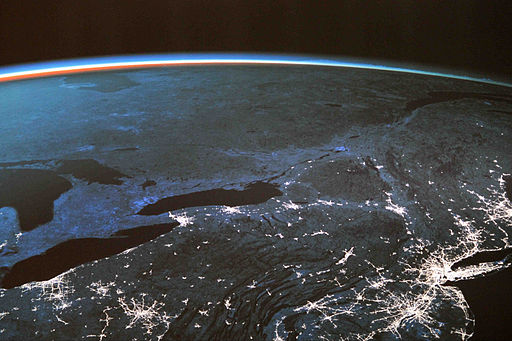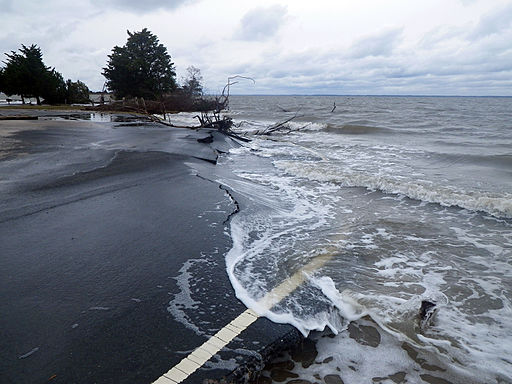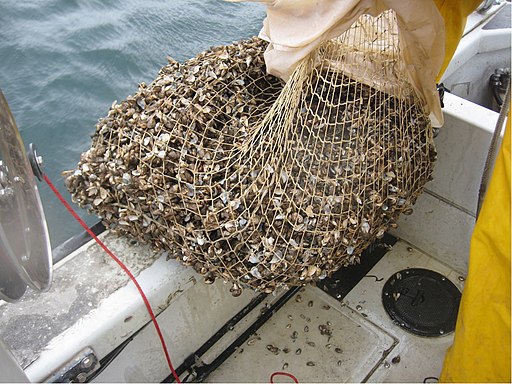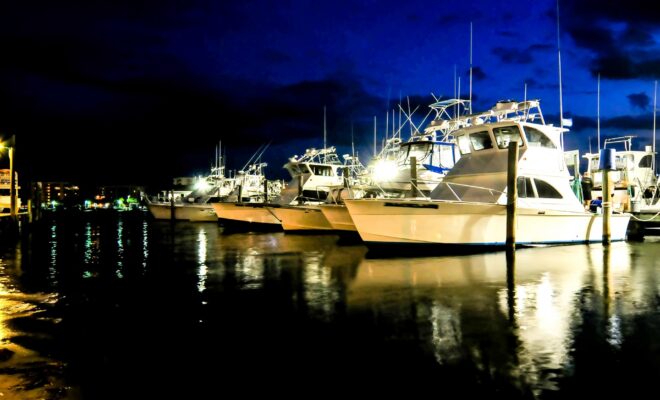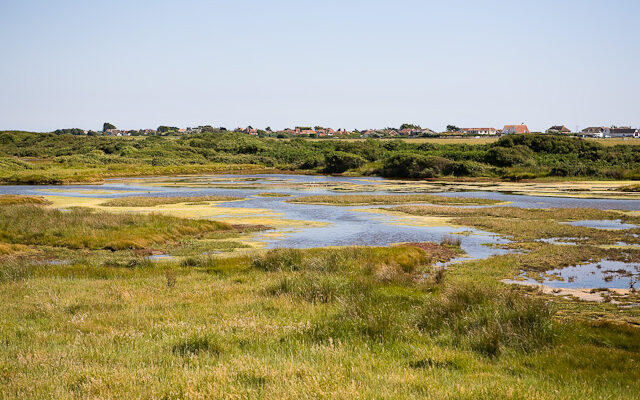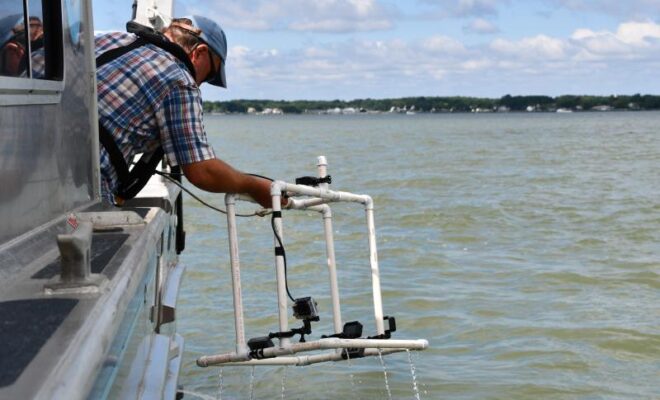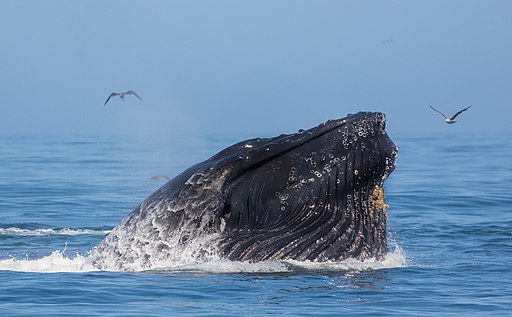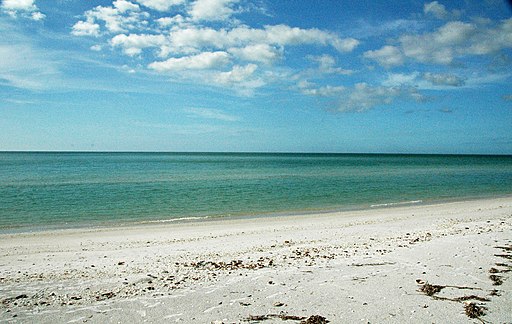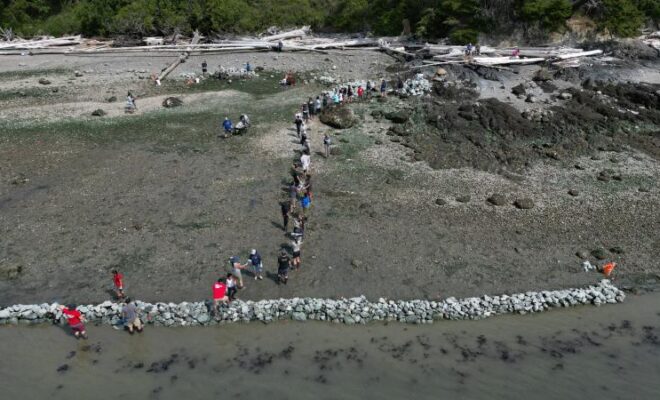Coastal marshes provide valuable protection for coastal communities from storm-induced wave, flood, and structural loss in a changing climate
1/28/2023 - By www.nature.com Abstract Wetlands such as tidal marshes and mangroves are known to buffer coastal communities from wave, flood, and structural loss during storms. Coastal communities and resource managers seek to understand the ecosystem service value of coastal wetlands for reducing storm-induced flood loss in a changing climate. A recent… SEE MORE
